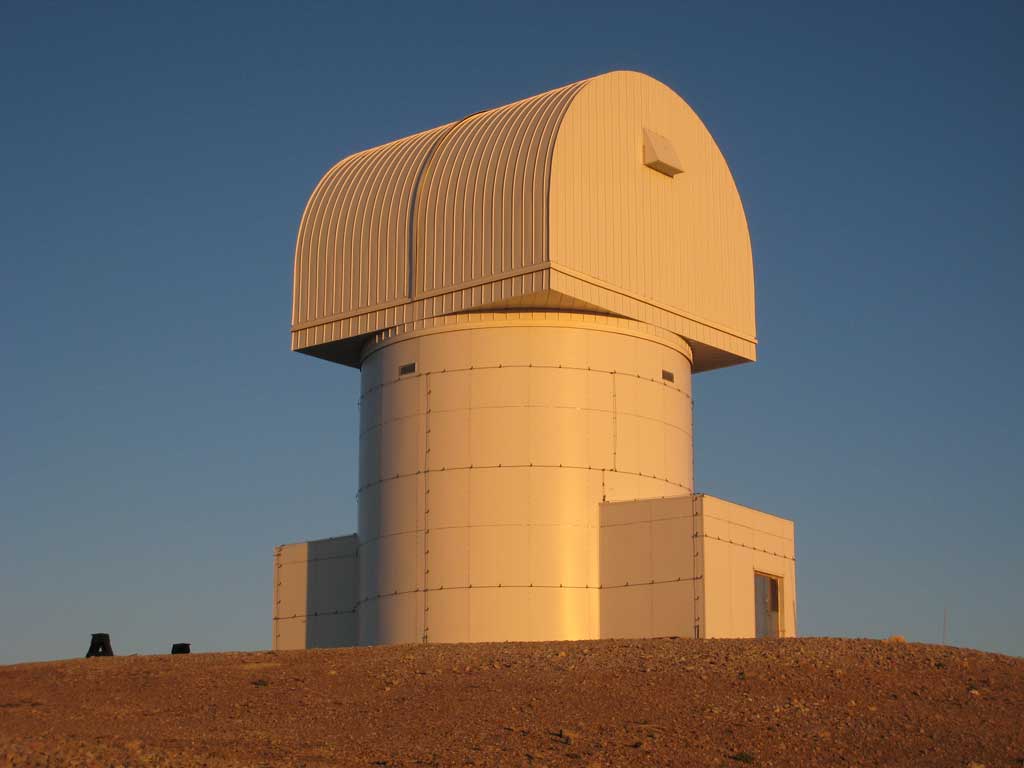Key Takeaways:
Stars of a similar mass to the Sun end their lives by ejecting much of their outer atmosphere into space, leaving behind a remnant core that eventually becomes a white dwarf. The shells of ejected material sometimes have the superficial appearance of planets, so they were named planetary nebulae. Astronomers can study the motion and appearance of the material in planetary nebulae to deduce how the remnant stars have changed over time.
In the 1950s, scientists discovered the planetary nebula KjPn8 on Palomar Observatory Sky Survey plates. Follow-up work in the 1990s by Mexican astronomers at the San Pedro Martir Observatory led to the discovery of giant lobes around the system, ¼° across, while in 2000 the Hubble Space Telescope finally revealed the central star.
By measuring the velocity and increasing size of the expanding material, the two scientists were able to deduce the distance to the system and date the history of the three ejected lobes. They found that KjPn8 is around 6,000 light-years away and that the material was thrown out in three phases — 3,200, 7,200, and 50,000 years ago.
The inner lobe of material is expanding at 208 miles per second (334 km/s), suggesting it originates in an Intermediate Luminosity Optical Transient (ILOT) event. The transfer of material from a massive star to its less massive companion causes ILOTs, in turn creating jets that flow in different directions. Boumis and Meaburn believe that the core of KjPn8 is therefore a binary system, where every so often ILOT events lead to the ejection of material at high speed.
Boumis is delighted to see the first results from the new telescope giving clues to the history of such an intriguing system. “Greece is one of the global birthplaces of astronomy, so it is fitting that research into the wider universe continues in the 21st century” he said. “With the new telescope, we expect to contribute to that global effort for many years to come.”










